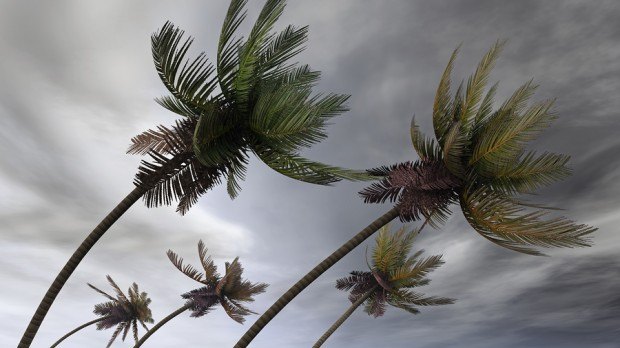The 2013 Atlantic hurricane season has delivered the fewest hurricanes since 1982, U.S. forecasters said Monday, despite their predictions in May that it would be a busier than normal year.
Forecasters had predicted 13 to 20 named Atlantic storms, seven to 11 that strengthen into hurricanes and three to six that become major hurricanes.
There were 13 named storms—right on target—but only two, Ingrid and Humberto, became hurricanes. Neither was considered “major,” which is a storm that reaches Category 3 strength with winds from 111 mph to 129 mph that can cause devastating damage.
Forecasters say that a combination of factors, including drier-than-expected air and persistent conditions in the atmosphere over the Gulf of Mexico, Caribbean Sea and tropical Atlantic Ocean led to the weaker season, which starts June 1 and ends Saturday.
A normal year has 12 named storms, six hurricanes and three major storms with winds over 110 mph.
Only one storm, Tropical Storm Andrea, made landfall in the United States.
Unlike the U.S., Mexico was battered by eight storms, including three from the Atlantic basin and five from the eastern North Pacific.
In the Atlantic, hurricane activity tends to come in cycles, with the U.S. being in an active cycle that began in 1995, said Chris Landsea, a forecaster at the National Hurricane Center. The cycles last from 25 to 40 years, so it’s unclear whether 2013 will be a harbinger of things to come.
The relative calm in the Atlantic has no relationship to hurricane activity elsewhere, such as the storms that hit Mexico and Typhoon Haiyan, which struck the Philippines Nov. 8, killing more than 5,200.
Last year was the third-busiest on record with 19 named storms. Ten became hurricanes and two were major storms, including Sandy.





















 Nearly Half of 100 Largest P/C Insurers Destroy Value: ACORD
Nearly Half of 100 Largest P/C Insurers Destroy Value: ACORD  Why ‘Good Enough’ Is Killing Insurance: The Hidden Cost of Satisficing
Why ‘Good Enough’ Is Killing Insurance: The Hidden Cost of Satisficing  Artificial Intelligence Is Rewriting the Rules for Commercial Lines
Artificial Intelligence Is Rewriting the Rules for Commercial Lines  Five AI Trends Reshaping Insurance in 2026
Five AI Trends Reshaping Insurance in 2026 


